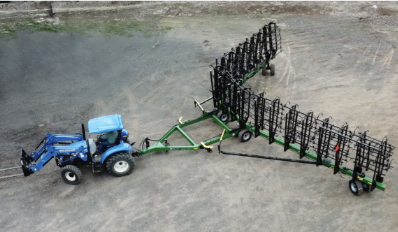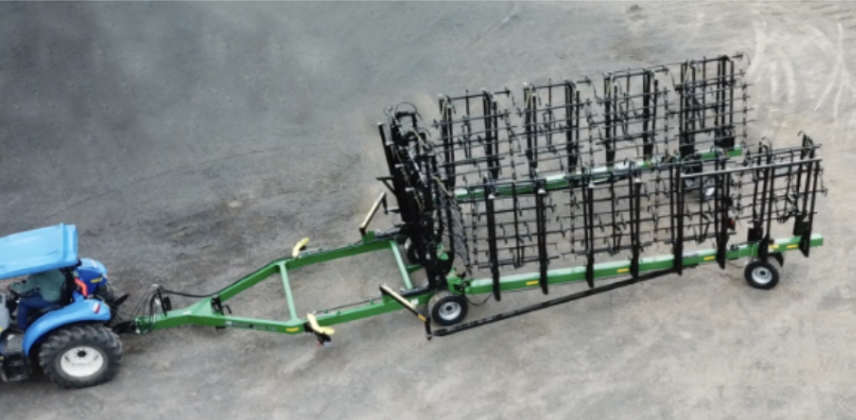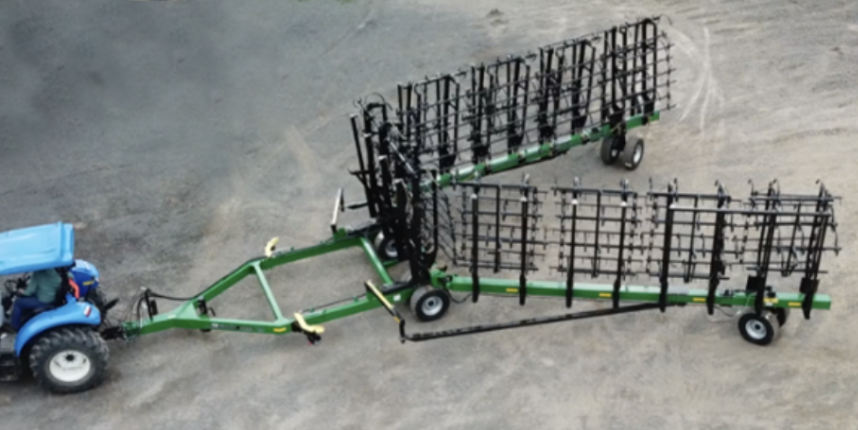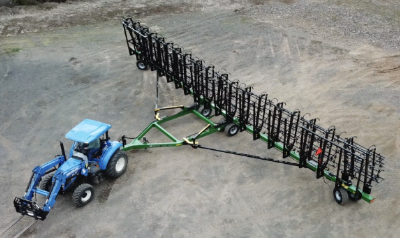The Spring Tooth Harrow – Ease of Transportation

The Hillco model can be hydraulically spread out and set up without getting out of the cab saving your body and saving you time. The dual wing wheels pivot from transport to field mode as you wing the Spring Tooth cart out.
Yes! the Hillco Spring Tooth can be switched from the comfort of the cabin from field mode to transport mode.
The short answer is no. The design of the Hillco Spring Tooth saves farmers time and money. Keep reading below to learn more.
The Spring Tooth Harrow - Ease of Transportation

Look forward to the new age Spring Tooth and the multitude of conveniences that it provides – including getting in and out of transportation mode with simplicity using the assistance of hydraulics. The Hillco Spring Tooth has been designed to change from field mode to transport mode all from the comfort of the cab.



As ever cognizant of the farmer’s needs, Hillco’s swift design makes it so that farmers can fold their Spring Tooth into transport or field mode in no time. Saving farmers time and money as well as providing a less intensive labor process. The Hillco Spring Tooth is designed with well thought conveniences and top-notch performance.
To learn more about the Spring Tooth’s features, send us an inquiry on our website or give us a call at 800-937-2461

